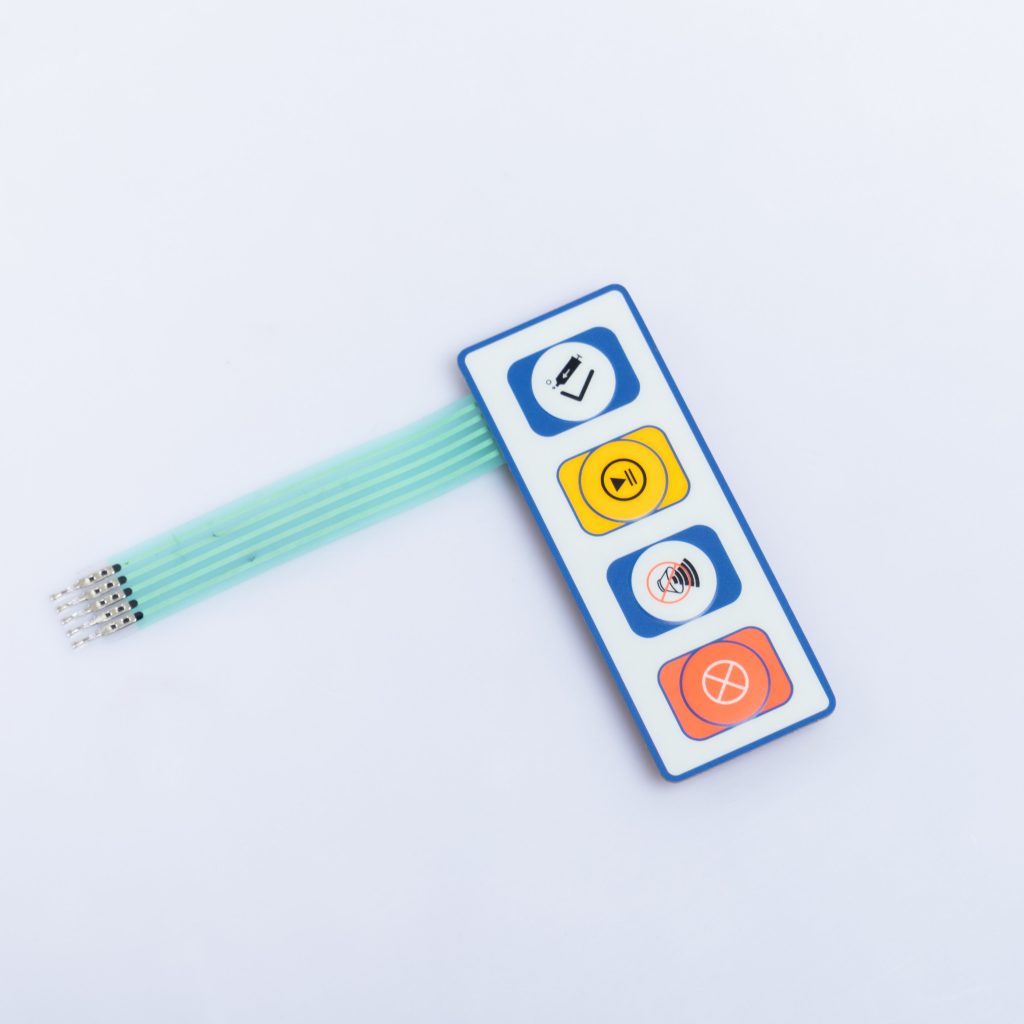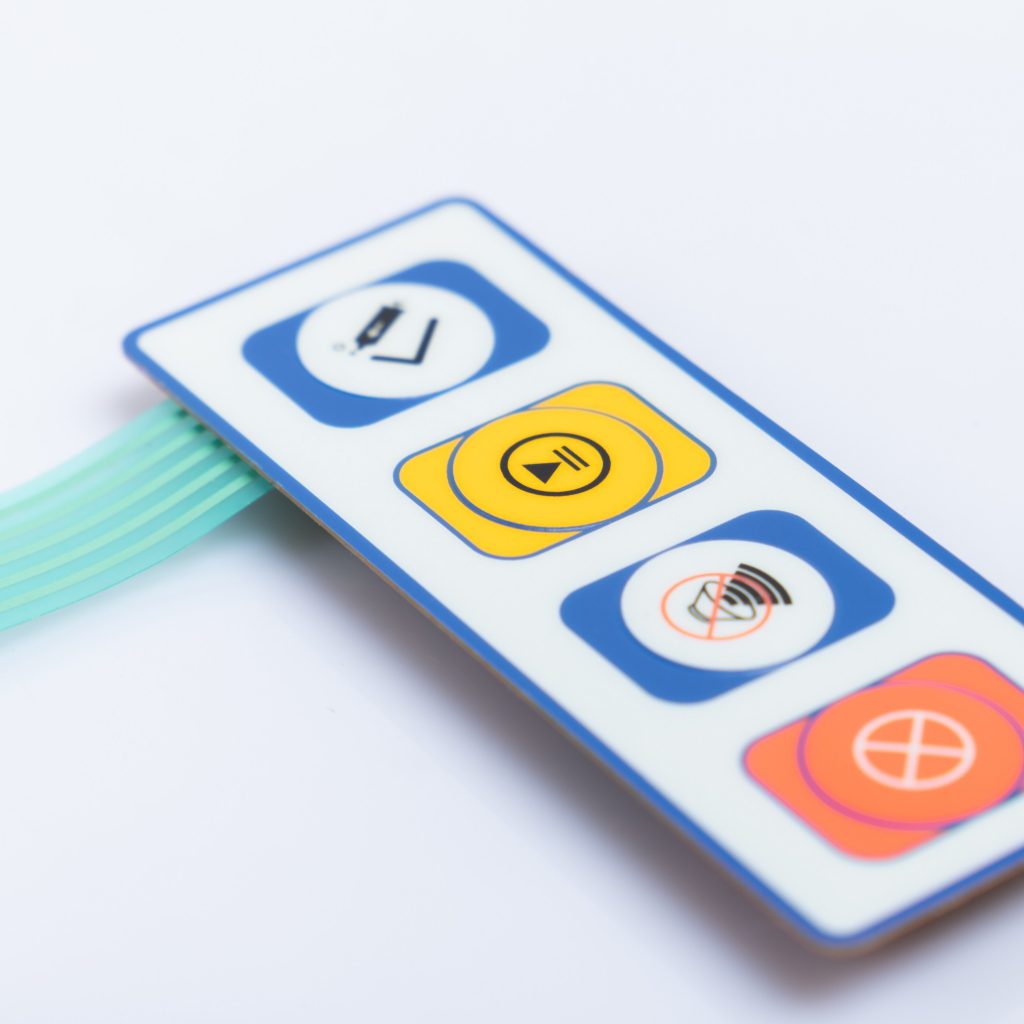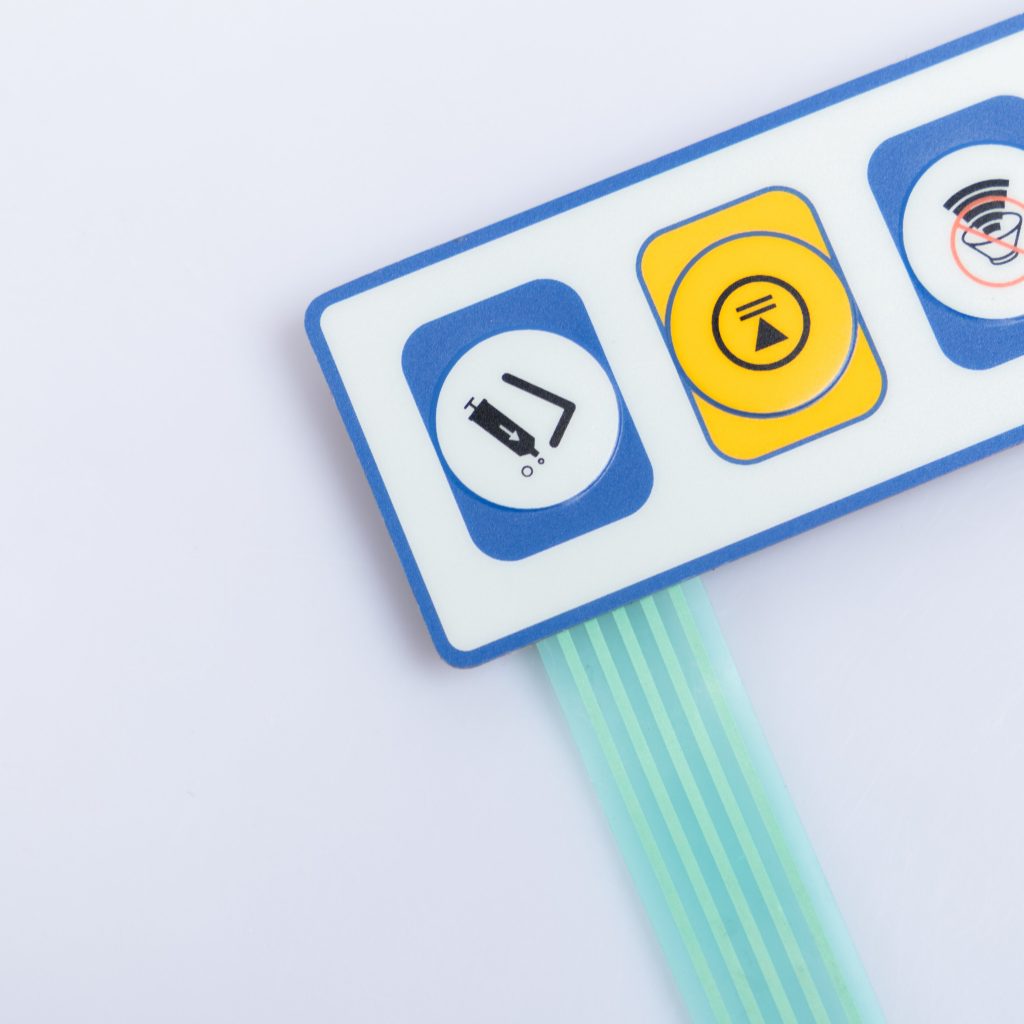Contact
Write to Us And We Would Be Happy to Advise You.
Do you have any questions, or would you like to speak directly with a representative?
By hqt
In today’s world, technology has advanced to a point where every detail counts. From smartphones to control panels, users expect devices to be not only functional but also aesthetically pleasing. One crucial component that combines both functionality and aesthetics is the transparent window of a membrane switch. In this article, we will delve into the reasons why these transparent windows are not so easy to scratch, exploring the materials and technologies that make them durable and resilient.



Before we dive into the specifics of scratch resistance, let’s first understand what a membrane switch is. A membrane switch is a type of user interface that consists of several layers of flexible material, including a graphic overlay and a conductive layer. These switches are commonly found in various electronic devices, such as microwave ovens, remote controls, and medical equipment.
Transparent windows on membrane switches serve a vital purpose. They protect the underlying graphics and circuitry while allowing users to interact with the device. These windows are often made from materials like polyester or polycarbonate and are designed to be optically clear, ensuring that users can easily see the graphics and indicators on the switch.
One of the primary reasons why the transparent windows of membrane switches are not easy to scratch is the careful selection of materials. Manufacturers choose materials that offer high levels of scratch resistance, such as polycarbonate. Polycarbonate is a durable thermoplastic known for its toughness and resistance to abrasion.
In addition to using scratch-resistant materials, manufacturers apply protective coatings to the transparent windows. These coatings further enhance the scratch resistance of the membrane switch. Anti-scratch coatings are engineered to create a barrier that shields the surface from damage caused by everyday use and contact with objects.
Membrane switches are designed to withstand a range of environmental conditions and usage scenarios. Engineers take into consideration factors like the force required to actuate the switch, the lifespan of the device, and the potential for wear and tear. By carefully engineering the switch, manufacturers ensure that the transparent windows remain scratch-resistant throughout the device’s lifespan.
Scratches not only affect the durability of the transparent windows but can also compromise their optical clarity. Manufacturers take great care to maintain the transparency of these windows, ensuring that users can clearly see the graphics and indicators beneath them. This commitment to clarity enhances the user experience.
In many applications, membrane switches come into contact with various chemicals, such as cleaning agents or disinfectants. To ensure that the transparent windows remain scratch-resistant even in such conditions, manufacturers conduct chemical resistance tests. This ensures that the windows can withstand exposure to common chemicals without deteriorating or becoming more susceptible to scratches.
The transparent windows of membrane switches are a crucial component of many electronic devices. Their durability and scratch resistance play a pivotal role in the overall performance and aesthetics of these devices. Through the careful selection of materials, application of protective coatings, and engineering for durability, manufacturers ensure that these windows are not easy to scratch, delivering a reliable and visually appealing user experience.
It is best to avoid abrasive cleaning materials as they can potentially damage the protective coatings on the transparent windows. Instead, use gentle cleaning solutions recommended by the device manufacturer.
Not all membrane switches are scratch-resistant. The level of scratch resistance depends on the materials used and the protective coatings applied during manufacturing.
Inspect the transparent window under good lighting conditions. If you notice fine lines or marks on the surface, it may be scratched. However, minor scratches may not affect the functionality of the device.
In most cases, it is challenging to repair a scratched transparent window. It is often more practical to replace the membrane switch or seek professional repair services.
While there are no foolproof DIY methods, you can apply screen protectors designed for electronic devices to add an extra layer of protection to the transparent window.
Do you have any questions, or would you like to speak directly with a representative?